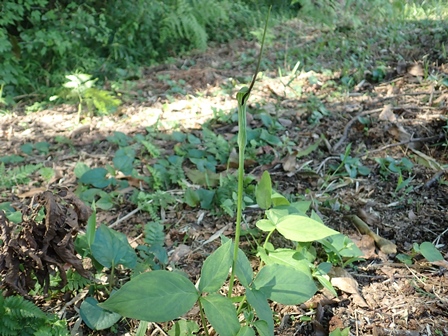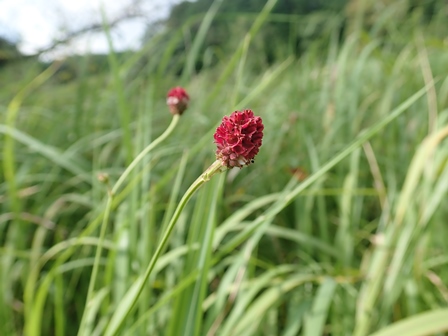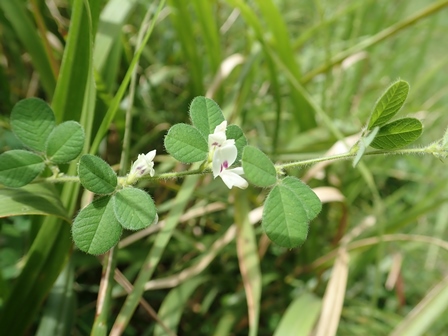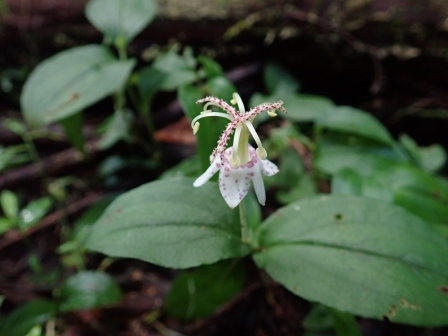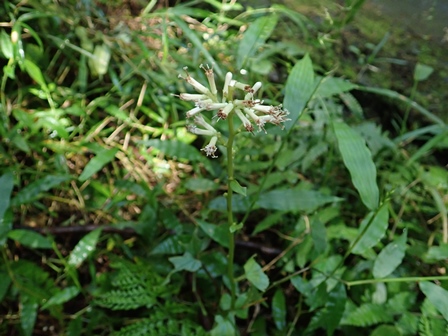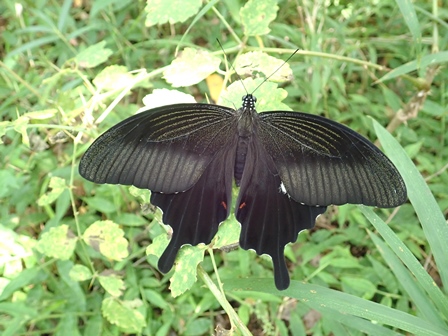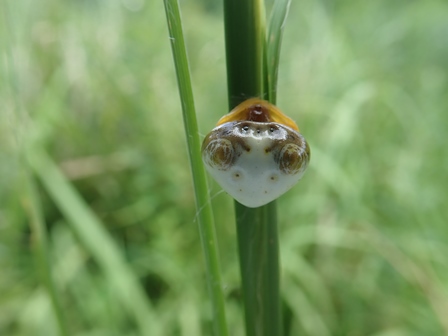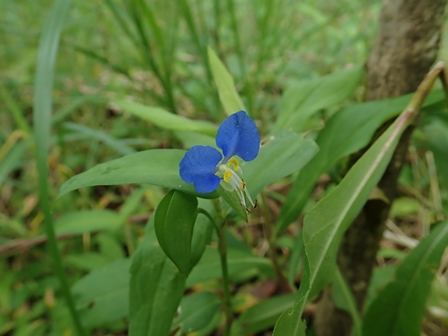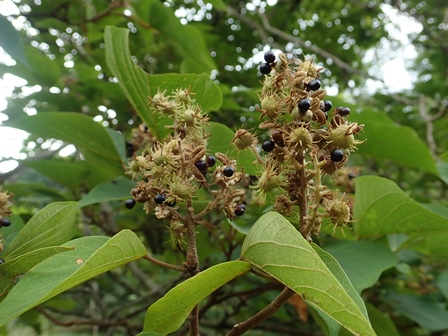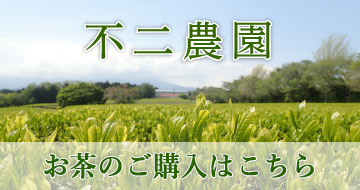フィールド日記
2020年09月
2020.09.29
カラスビシャク
お茶畑の脇にカラスビシャクが咲いていました。花には仏炎苞と呼ばれる花を包む葉と、付属体と呼ばれる細長いひものようなものがあり、とても特徴的な形をしています。和名のビシャク(柄杓、ひしゃく)はこのユニークな花の形に由来します。
A "Karasubishaku (カラスビシャク)" plant is in bloom by the tea field. The flower is very unique in that it has "spathe", a special leaf wrapping the flower, and "appendage", something like a thin string. "Bishaku (ビシャク)" in its name means "ladle" and it comes from the shape of this unique flower.
2020.09.25
ワレモコウ
ススキ野原でワレモコウが咲いていました。明るい草地に見られる多年草で、古くから身近な秋の野草として人々に親しまれています。しかし、近年草地の減少に伴い、数を減らしていると言われています。不二聖心では、不二農園の方々が毎年草刈りをしてくれているおかげで、ワレモコウの生育に適した環境が保たれています。
A "Waremokou(ワレモコウ)" plant is in bloom in the Japanese pampas grass field. It is a perennial plant growing in sunny fields and is well known to Japanese as a fall wild flower from long time ago. However, these years, as we have less and less field, "Waremokou(ワレモコウ)" plants are disappearing as well. This field is being kept as a good place for the plants to grow because farmers of Fujinouen mow grasses every year.
2020.09.22
ネコハギ
ススキ野原でネコハギが咲いています。乾いた草地に見られ、茎は長く地面をはいます。同じ仲間のイヌハギに対して、全体に毛が多いことからネコハギと呼ばれるようになったと言われています。
A "Nekohagi(ネコハギ)" plant is in bloom in the Japanese pampas grass field. It grows in dry grass fields. Its stems are long and crawling on the ground. There is a plant called "Inuhagi" in the same group as "Nekohagi". "Neko" and "Inu" in each name mean "cat" and "dog" respectively. It is said the name "Nekohagi" implies that the plant is more 'hairy' than "Inuhagi".
2020.09.18
ヤマホトトギス
裏道でヤマホトトギスが咲いています。白地に紫の斑点があり、よく目立ちます。他のホトトギスの仲間に比べて、花弁が強く反り返るのが特徴です。
"Yamahototogisu(ヤマホトトギス)" plants are in bloom in the back road. Their flowers are outstanding because they have purple spots on the white background petals. So, their flowers are outstanding. Compared to other species of their group, their petals bend backward more.
2020.09.15
モミジガサ
裏道にモミジガサが咲いています。湿った林床に生える多年草で、若芽は山菜として食べられます。和名は、モミジのように切れ込みのある葉に由来します。キク科らしい頭状花で、5個の小花が集まって1個の花のように見えています。
"Momijigasa(モミジガサ)" plants are in bloom in the back road. They are perennial plants living in moist forest floors. Their young sprouts are edible. "Momiji(モミジ)" in its name means "maple tree" and it comes from their leaves that look like maple leaves. "Momijigasa(モミジガサ) " plants have flower heads as they are in the same group as chrysanthemums. The white long flowers in the photo you probably consider as one actually consist of 5 flowers.
2020.09.11
モンキアゲハ
共生の森でモンキアゲハを見つけました。90~110mmほどの大型のチョウです。関東以南で見られますが、近年分布を北へ広げているようです。この写真ではほとんど隠れてしまっていますが、和名は後翅にある黄白斑に由来します。
I found this butterfly called "Monkiageha(モンキアゲハ)" in the Kyoseinomori-Forest(共生の森). They are a kind of large butterfly that are from 90mm to 110mm long. They live in the Kanto Region or other places to the south of Kanto. However, these years they are expanding their habitat to the north. The name comes from the yellowish white patterns on their hind wings, although the patterns hide under the fore wings in this photo.
2020.09.08
トリノフンダマシ
ススキ野原でトリノフンダマシを見つけました。名前の通り、昼間は鳥の糞に擬態して、じっとしています。トリノフンダマシは夜行性で、網を張り、ガを専門に捕らえて食べていると言われています。
I found this spider called "Torinofundamashi(トリノフンダマシ)" in the Japanese pampas grass field. The name means "mimicking birds' droppings". This spider literally mimics a bird's dropping and stays on a leaf to hide from predators in the day time. In the night, this spider makes a web and catches mainly moths.
2020.09.04
ツユクサ
ツユクサが咲いています。中学校理科の教科書に、葉の裏面の気孔を観察する材料として出てきます。花びらは3枚ですが、2枚が青色で目立つ一方、1枚は白くて小さいので目立ちません。
A "Tsuyukusa(ツユクサ)" plant is in bloom. We study Tsuyukusa in Junior High school science textbooks when we observe its pores on the back leaves. Its flower has three petals. However, while the two of them are loud blue, the rest doesn't stand out because it is small and white.
2020.09.01
アカメガシワ
共生の森で、アカメガシワが果実をつけていました。特徴的なトゲのある果実の中から、黒い種子が出てきています。名前は、新芽が赤みを帯びることと、ブナ科のカシワのように、かつてはこの葉に食物を包んだことに由来します。
A "Akamegashiwa(アカメガシワ)" tree has born its fruits in the Kyoseinomori(共生の森). Black seeds come out from its uniquely shaped prickly fruits. "Akame(アカメ)" in its name literally means "red sprout" and their sprouts are actually red. "Gashiwa(ガシワ)" in its name comes from "Kashiwa(カシワ)", which originally means leaves for wrapping food. People in the past wrapped food with this Akamegashiwa leaves, too.
- 1 / 1


